Japan’s rail system has a rich and intricate history that dates back to the late 19th century. The first railway line, which connected the cities of Tokyo and Yokohama, was inaugurated in 1872. This initial venture was a significant milestone, marking Japan’s entry into the modern age of transportation.
The railway was built with the assistance of British engineers, reflecting the influence of Western technology during the Meiji Restoration. The success of this line spurred further development, leading to the establishment of additional routes across the country. By the early 20th century, Japan had developed a more extensive network, with railways reaching major cities and rural areas alike.
As the 20th century progressed, Japan’s rail system underwent significant transformations, particularly during and after World War
The war had devastating effects on infrastructure, but the post-war period saw a concerted effort to rebuild and modernize the rail network. The introduction of electric trains in the 1930s laid the groundwork for future advancements. By the 1960s, Japan was poised to revolutionize rail travel with the introduction of the Shinkansen, or “bullet train.” This innovation not only transformed domestic travel but also positioned Japan as a leader in high-speed rail technology.
The Shinkansen’s success demonstrated the potential for rail systems to enhance economic growth and connectivity, setting a precedent for future developments in transportation.
Key Takeaways
- Japan’s rail system has a rich history dating back to the late 19th century, with the first railway line opening in 1872.
- The Shinkansen, or bullet train, revolutionized rail travel in Japan with its high-speed network connecting major cities and regions.
- Japan offers scenic train routes such as the Hakone Tozan Railway and the Sagano Scenic Railway, providing breathtaking views of the country’s natural beauty.
- Navigating Japan’s urban rail networks, such as the Tokyo Metro and Osaka Loop Line, is essential for efficient travel within cities.
- Rail travel is deeply ingrained in Japanese culture, with trains being a symbol of punctuality, efficiency, and technological advancement.
The Shinkansen: Japan’s High-Speed Rail Network
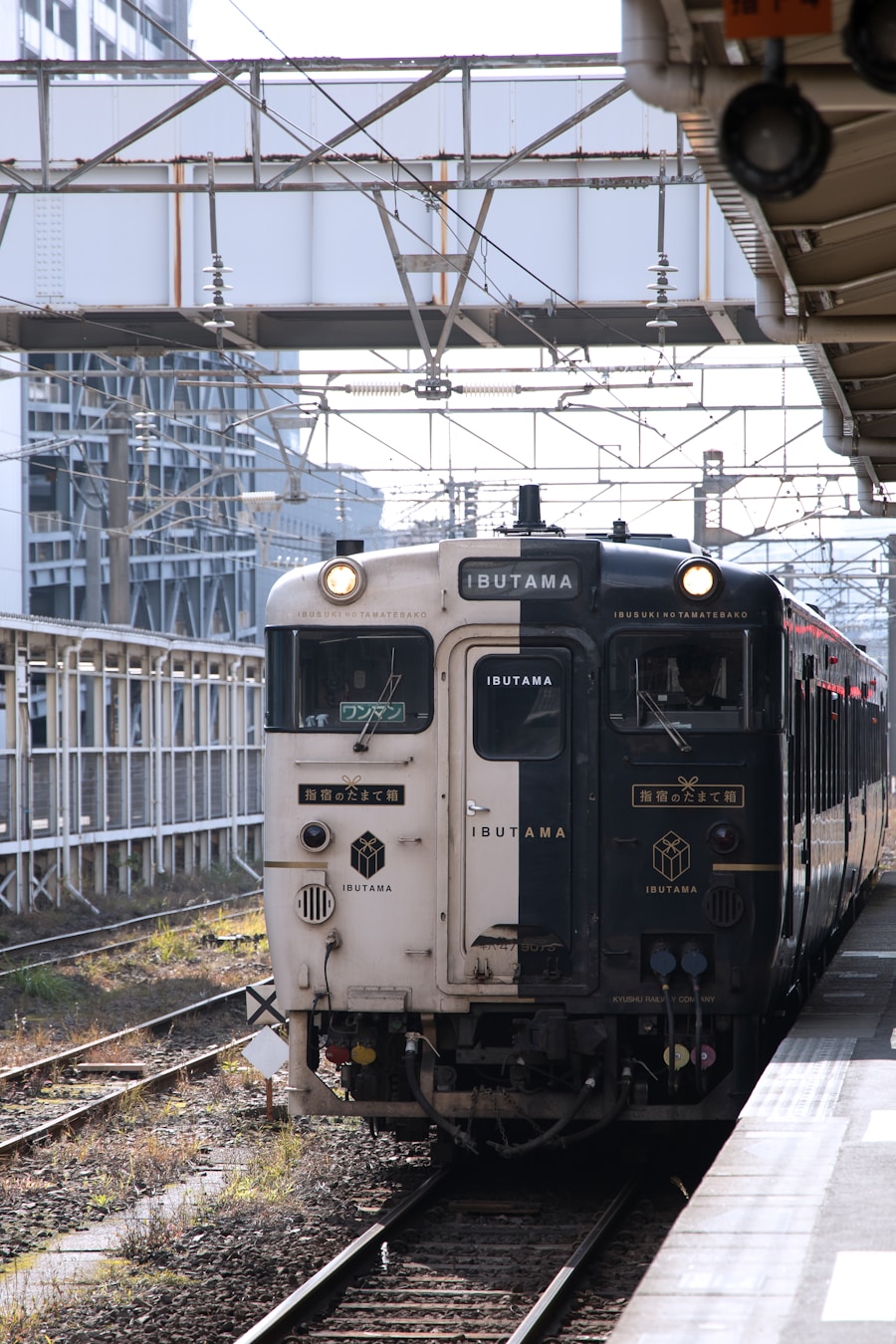
The Shinkansen is often hailed as one of the most remarkable achievements in modern transportation. Launched in 1964, just in time for the Tokyo Olympics, this high-speed rail network has since become synonymous with efficiency and punctuality. The original line, known as the Tōkaidō Shinkansen, connected Tokyo and Osaka, covering a distance of approximately 515 kilometers (320 miles) in just over four hours.
This was a groundbreaking achievement at the time, as it drastically reduced travel time between two of Japan’s largest cities. The Shinkansen operates at speeds exceeding 300 kilometers per hour (186 miles per hour), making it one of the fastest train systems in the world. The technological advancements behind the Shinkansen are noteworthy.
Trains are designed with aerodynamics in mind, featuring streamlined shapes that minimize air resistance. Additionally, the tracks are built with precision to ensure stability at high speeds. Safety is paramount; the Shinkansen employs an advanced signaling system that allows for real-time monitoring of train positions and speeds.
This system has contributed to an impressive safety record—there have been no fatalities due to accidents since its inception. The Shinkansen has expanded over the years, with multiple lines now connecting major cities across Japan, including routes to Hokkaido and Kyushu. Its success has inspired other countries to explore high-speed rail options, showcasing Japan’s leadership in this field.
Exploring Japan’s Scenic Train Routes
| Train Route | Distance | Duration | Scenic Highlights |
|---|---|---|---|
| Hokkaido Shinkansen | 360 km | 4 hours | Mt. Yotei, Niseko, and the Seikan Tunnel |
| Tokaido Shinkansen | 515 km | 2.5 hours | Mount Fuji, Lake Ashi, and the Hakone mountains |
| Sanriku Railway | 147 km | 2.5 hours | Sanriku Coast, Kitayamazaki Cliffs, and Kesennuma Bay |
| Yakumo Line | 85 km | 2 hours | Shakotan Peninsula, Mount Shakotan, and the Sea of Japan |
Beyond its high-speed offerings, Japan boasts a plethora of scenic train routes that showcase the country’s breathtaking landscapes and cultural heritage. One such route is the Gono Line, which runs along the coast of the Sea of Japan. Travelers on this line are treated to stunning views of rugged cliffs, sandy beaches, and picturesque fishing villages.
The journey is particularly enchanting during cherry blossom season when pink blooms frame the landscape, creating a picturesque backdrop for passengers. Another notable scenic route is the Limited Express “Hida” train that traverses the mountainous regions of Gifu Prefecture. This train journey takes passengers through lush forests and past traditional villages, offering glimpses of rural life in Japan.
The Hida route is especially popular during autumn when vibrant foliage transforms the landscape into a canvas of reds and golds. Additionally, the “Romantic Train” on the Oigawa Railway provides a nostalgic experience as it winds through tea plantations and along rivers, evoking a sense of tranquility and connection to nature. These scenic routes not only provide breathtaking views but also serve as a means to explore local culture and cuisine.
Many trains offer onboard dining experiences featuring regional specialties, allowing travelers to savor local flavors while enjoying the scenery. The combination of stunning landscapes and culinary delights makes these journeys an integral part of Japan’s travel experience.
Navigating Japan’s Urban Rail Networks
Japan’s urban rail networks are among the most efficient and extensive in the world, serving millions of passengers daily. Cities like Tokyo and Osaka are characterized by their intricate web of train lines that connect various neighborhoods and suburbs. The Tokyo Metro system alone comprises 13 lines covering over 300 kilometers (186 miles), making it one of the most comprehensive urban transit systems globally.
Navigating this vast network can initially seem daunting to newcomers; however, its user-friendly design and clear signage make it accessible even for those who do not speak Japanese. One of the standout features of Japan’s urban rail systems is their punctuality. Trains are known for their remarkable adherence to schedules, with delays often measured in seconds rather than minutes.
This reliability fosters a culture of respect for time among commuters, who plan their journeys meticulously to ensure they arrive at their destinations promptly. Additionally, many urban stations are equipped with amenities such as shops, restaurants, and even art installations, transforming transit hubs into vibrant community spaces. The integration of technology further enhances the urban rail experience.
Mobile apps provide real-time updates on train schedules and platform changes, allowing passengers to navigate their journeys with ease. Contactless payment systems like Suica and Pasmo cards streamline fare collection, enabling travelers to hop on and off trains without fumbling for cash or tickets. This seamless integration of technology into daily commuting reflects Japan’s commitment to innovation in public transportation.
The Role of Rail Travel in Japanese Culture
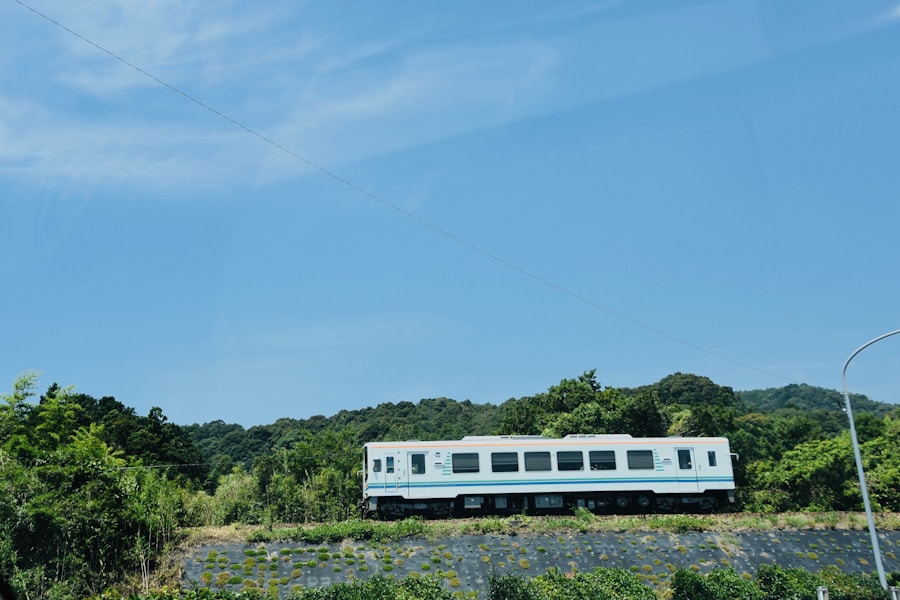
Rail travel holds a special place in Japanese culture, symbolizing not only convenience but also a deep connection to history and tradition. Trains have been featured prominently in Japanese literature, film, and art, often representing themes of journeying and exploration. The iconic image of a Shinkansen speeding through rural landscapes evokes feelings of nostalgia and progress simultaneously.
Moreover, trains serve as a backdrop for many cultural experiences; for instance, seasonal train journeys during cherry blossom viewing or autumn foliage have become cherished traditions for families and friends. The concept of “ekiben,” or train station bento boxes, further illustrates the cultural significance of rail travel in Japan. These beautifully packaged meals are sold at train stations and are designed for consumption on long journeys.
Each region offers its own unique ekiben featuring local ingredients and culinary traditions, allowing travelers to experience regional flavors while on the move. This practice not only enhances the travel experience but also supports local economies by promoting regional cuisine. Additionally, trains have become venues for social interaction and community building.
Many people use their daily commutes as opportunities to connect with friends or engage in conversations with fellow passengers. The shared experience of traveling by train fosters a sense of camaraderie among commuters, transcending social barriers and creating a unique social fabric within Japanese society.
Tips for Traveling by Rail in Japan
Traveling by rail in Japan can be an enjoyable experience if one is well-prepared. First and foremost, purchasing a Japan Rail Pass can be an economical choice for tourists planning to explore multiple regions. This pass allows unlimited travel on most JR trains for a specified duration, making it an excellent option for those looking to cover significant distances without incurring high costs.
Understanding train schedules is crucial for a smooth journey. While most train stations have English signage and announcements, it is advisable to familiarize oneself with basic Japanese phrases related to travel. Mobile apps can also be invaluable tools for navigating schedules and routes; apps like Hyperdia provide detailed information on train times and connections across various lines.
When boarding trains, it’s essential to be mindful of etiquette. In general, passengers are expected to maintain quietness on trains; talking on mobile phones is discouraged in order to respect fellow travelers’ peace. Additionally, designated areas for priority seating are available for elderly passengers or those with disabilities; it is courteous to offer these seats when necessary.
Future Developments in Japan’s Rail System
As Japan continues to innovate within its rail system, several exciting developments are on the horizon. One notable project is the expansion of maglev technology through the Chuo Shinkansen line, which aims to connect Tokyo and Nagoya at unprecedented speeds exceeding 500 kilometers per hour (310 miles per hour). This ambitious project represents a significant leap forward in high-speed rail technology and is expected to reduce travel time between these two major cities to just about 40 minutes.
Moreover, there is an increasing focus on sustainability within Japan’s rail system. Efforts are being made to incorporate renewable energy sources into train operations and station facilities. For instance, some stations are being equipped with solar panels to generate clean energy that can be used for lighting and other operational needs.
Additionally, initiatives aimed at reducing waste generated by train services are being implemented across various lines. The integration of smart technology into rail operations is another area poised for growth. Innovations such as AI-driven predictive maintenance systems can enhance safety and efficiency by anticipating equipment failures before they occur.
Furthermore, advancements in passenger information systems will likely improve real-time communication regarding delays or service changes, ensuring that travelers remain informed throughout their journeys.
The Impact of Japan’s Rail System on the Environment
Japan’s rail system has made significant strides in minimizing its environmental impact while providing efficient transportation solutions. Trains are inherently more energy-efficient than cars or airplanes when it comes to moving large numbers of people over long distances. The Shinkansen trains utilize advanced technologies that reduce energy consumption while maintaining high speeds; regenerative braking systems allow trains to recover energy during deceleration.
Moreover, many rail companies are actively pursuing initiatives aimed at reducing carbon emissions associated with their operations. For example, some lines have begun incorporating hybrid trains that utilize both electric power and alternative fuels such as hydrogen or biofuels. These efforts align with global trends toward sustainability and demonstrate Japan’s commitment to addressing climate change through innovative transportation solutions.
The environmental benefits extend beyond just emissions reduction; rail travel also alleviates road congestion and decreases reliance on fossil fuels for personal vehicles. By providing an efficient alternative for intercity travel, Japan’s rail system encourages more people to opt for public transportation rather than driving cars—contributing positively to urban air quality and reducing traffic-related pollution. In summary, Japan’s rail system stands as a testament to technological innovation and cultural significance while addressing contemporary challenges such as sustainability and urbanization.
Its history reflects a journey toward modernization that continues to evolve today.

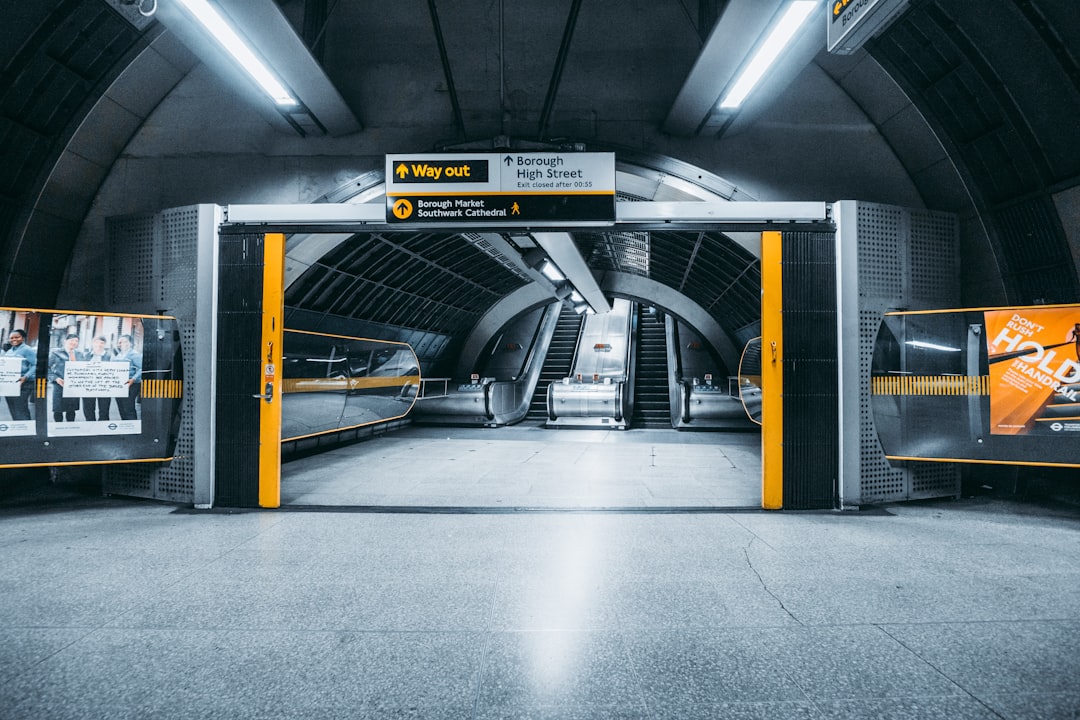
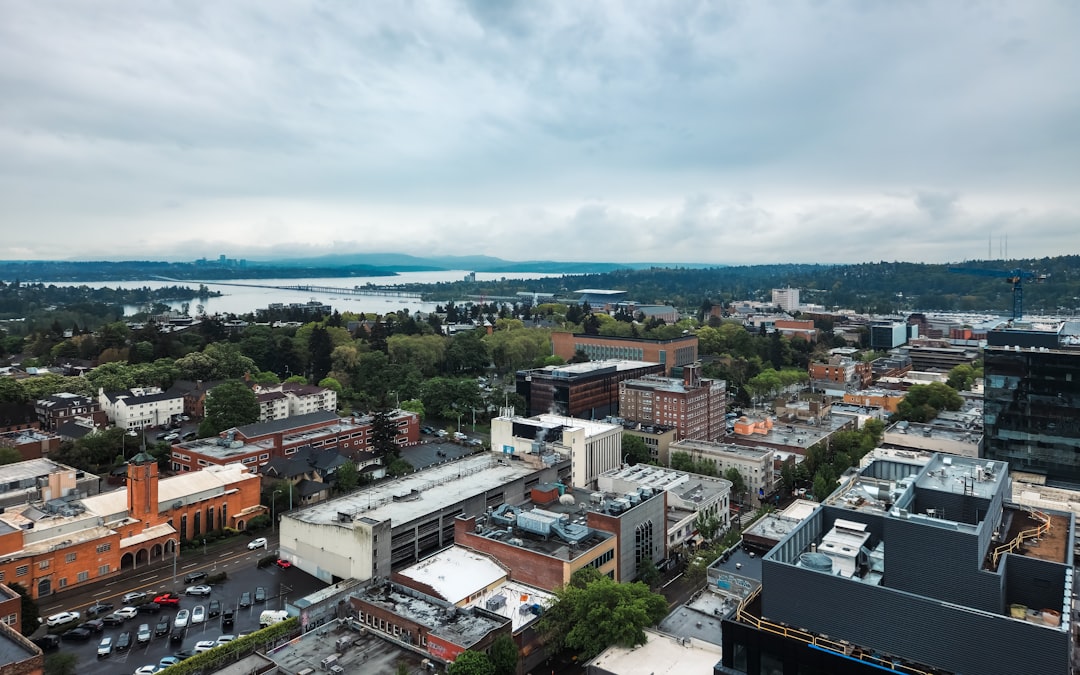
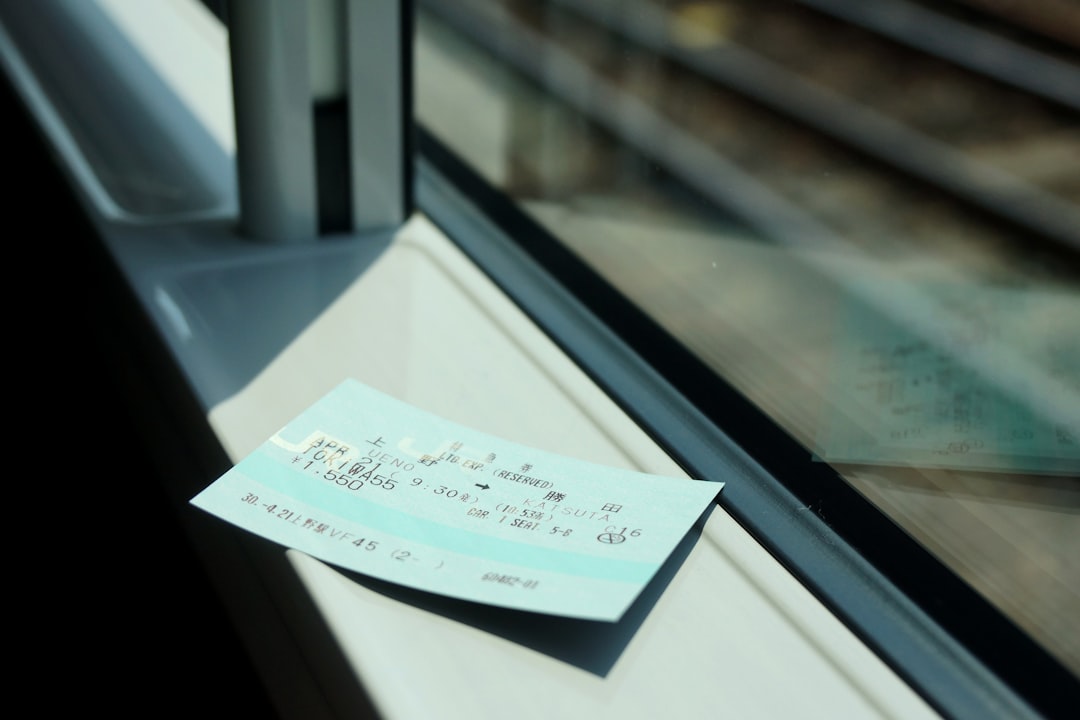
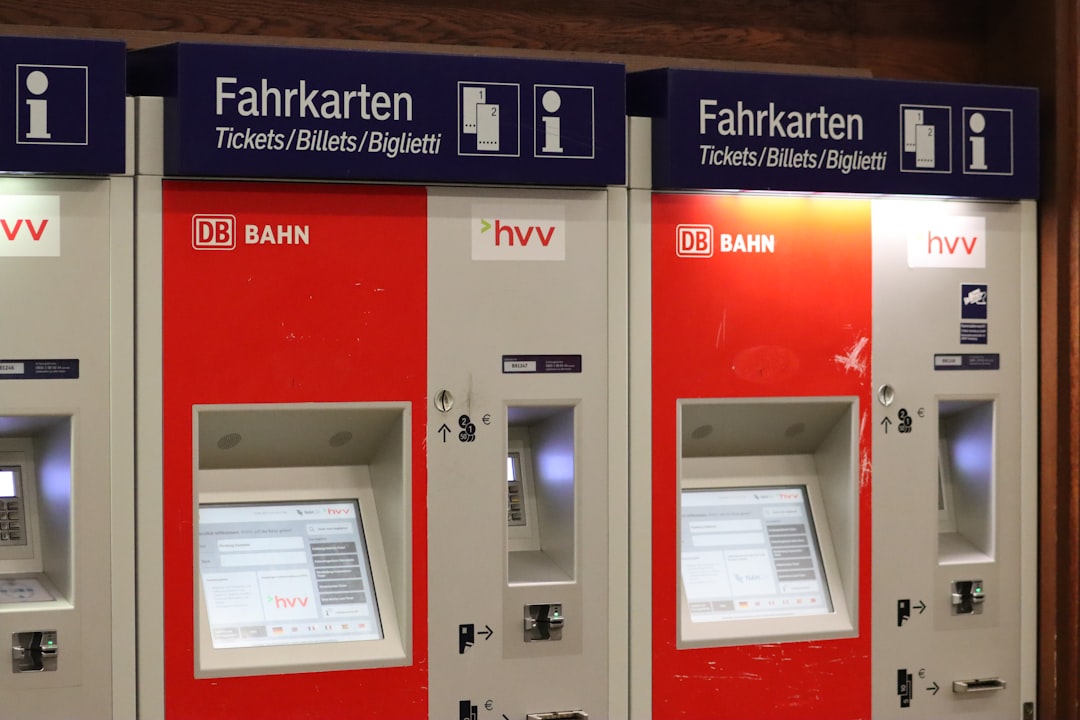
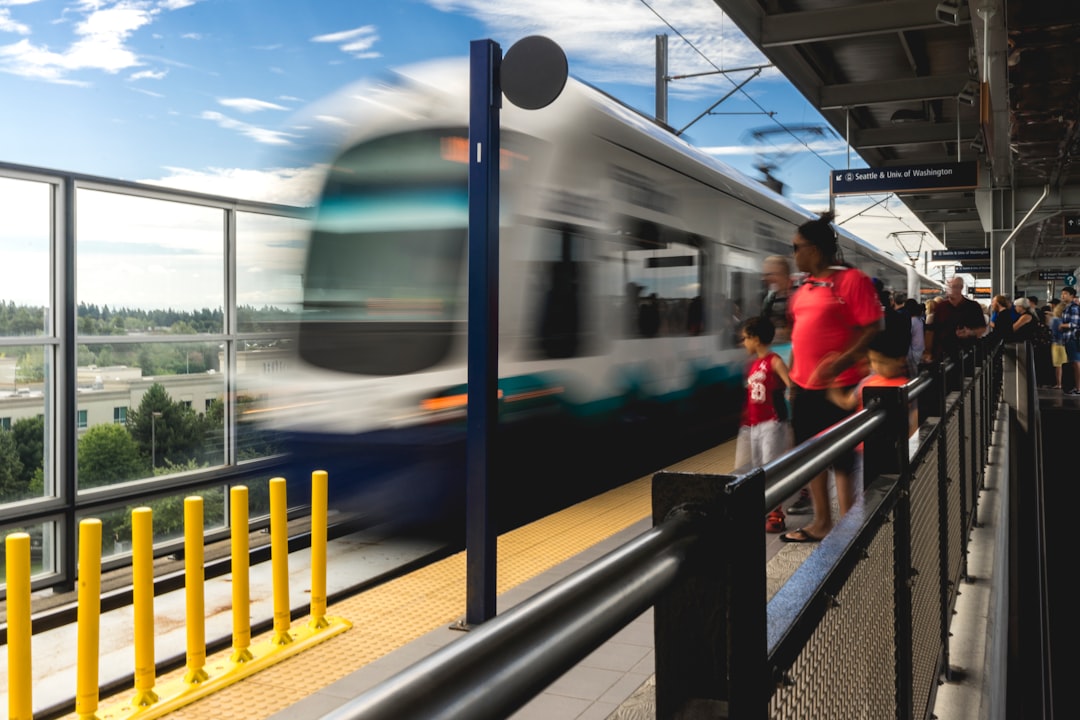
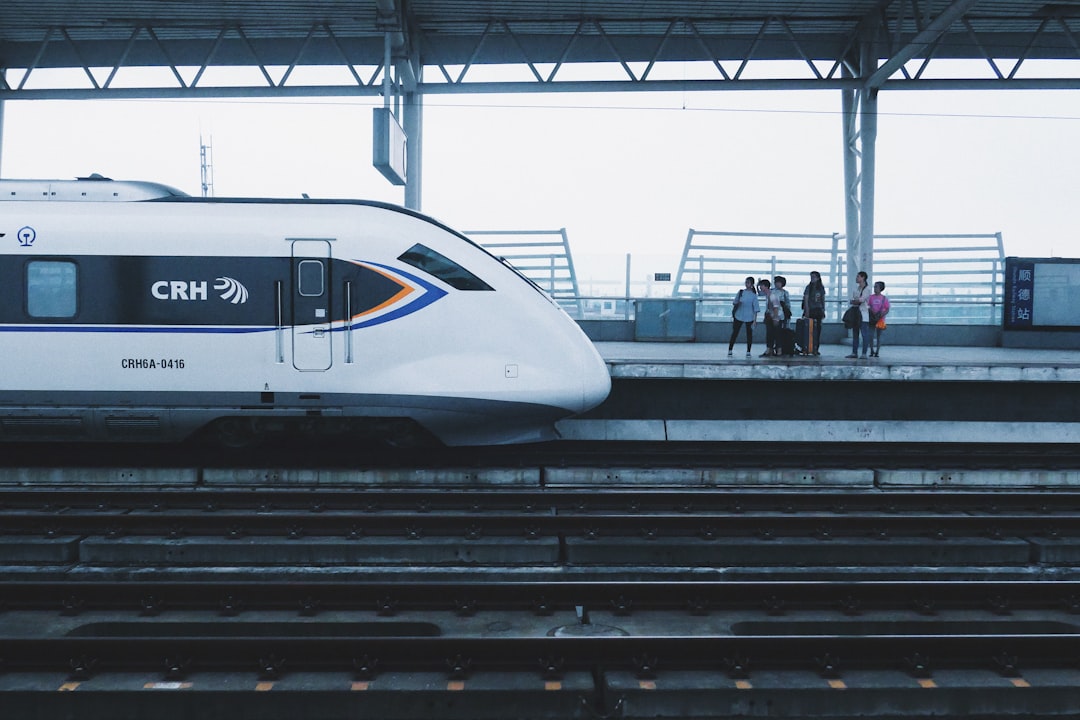
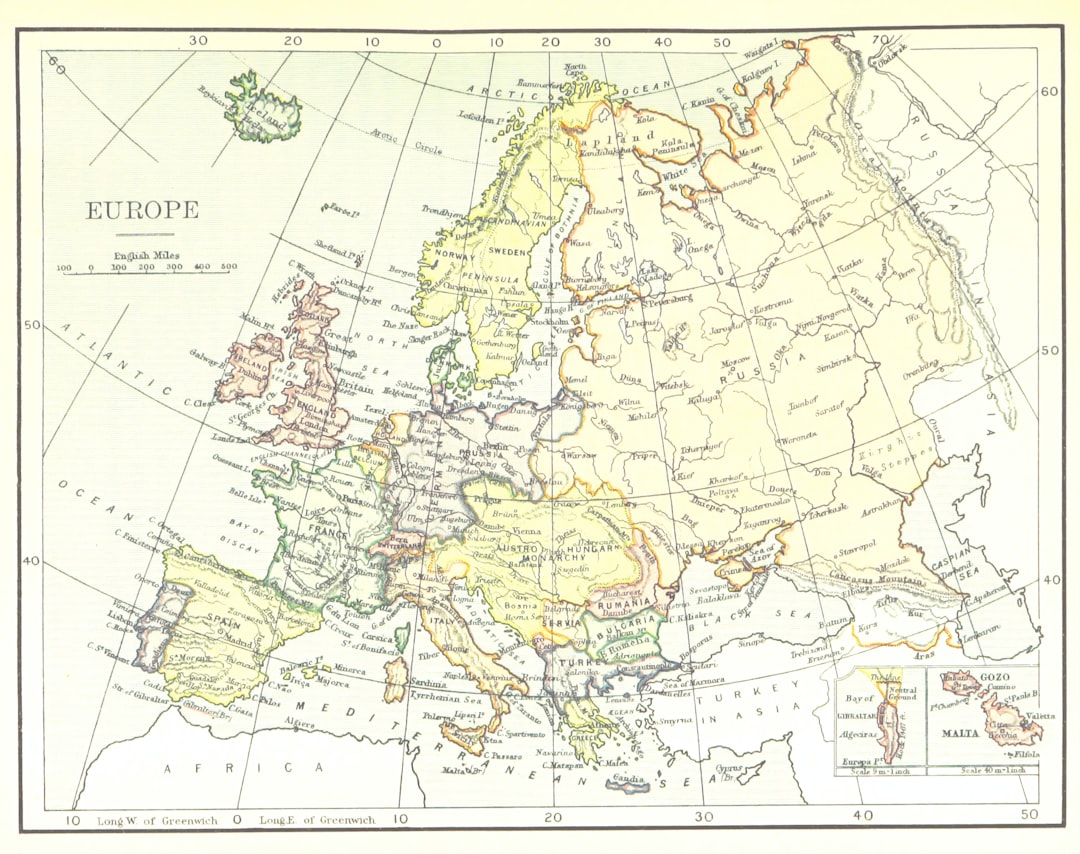
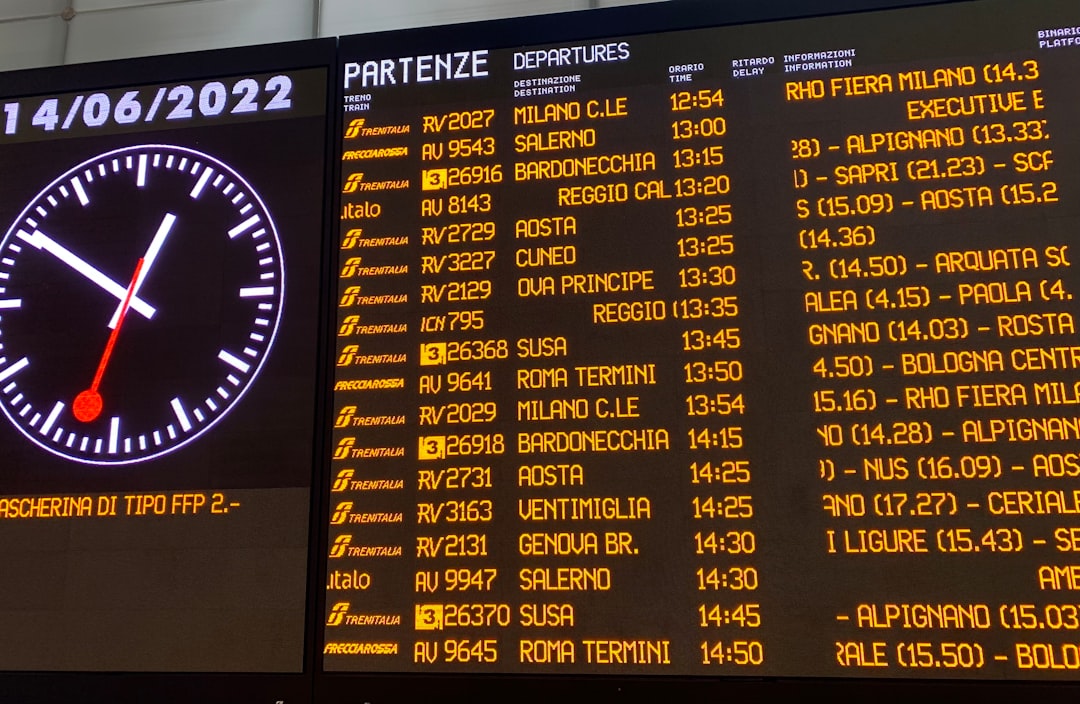
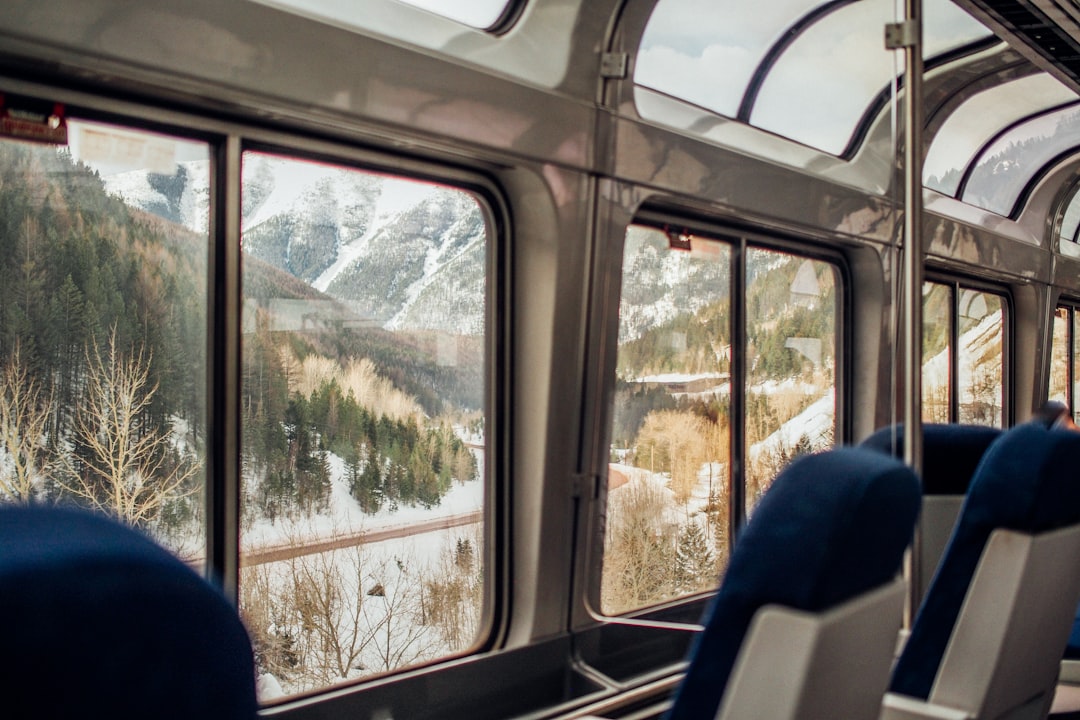

Leave a Reply